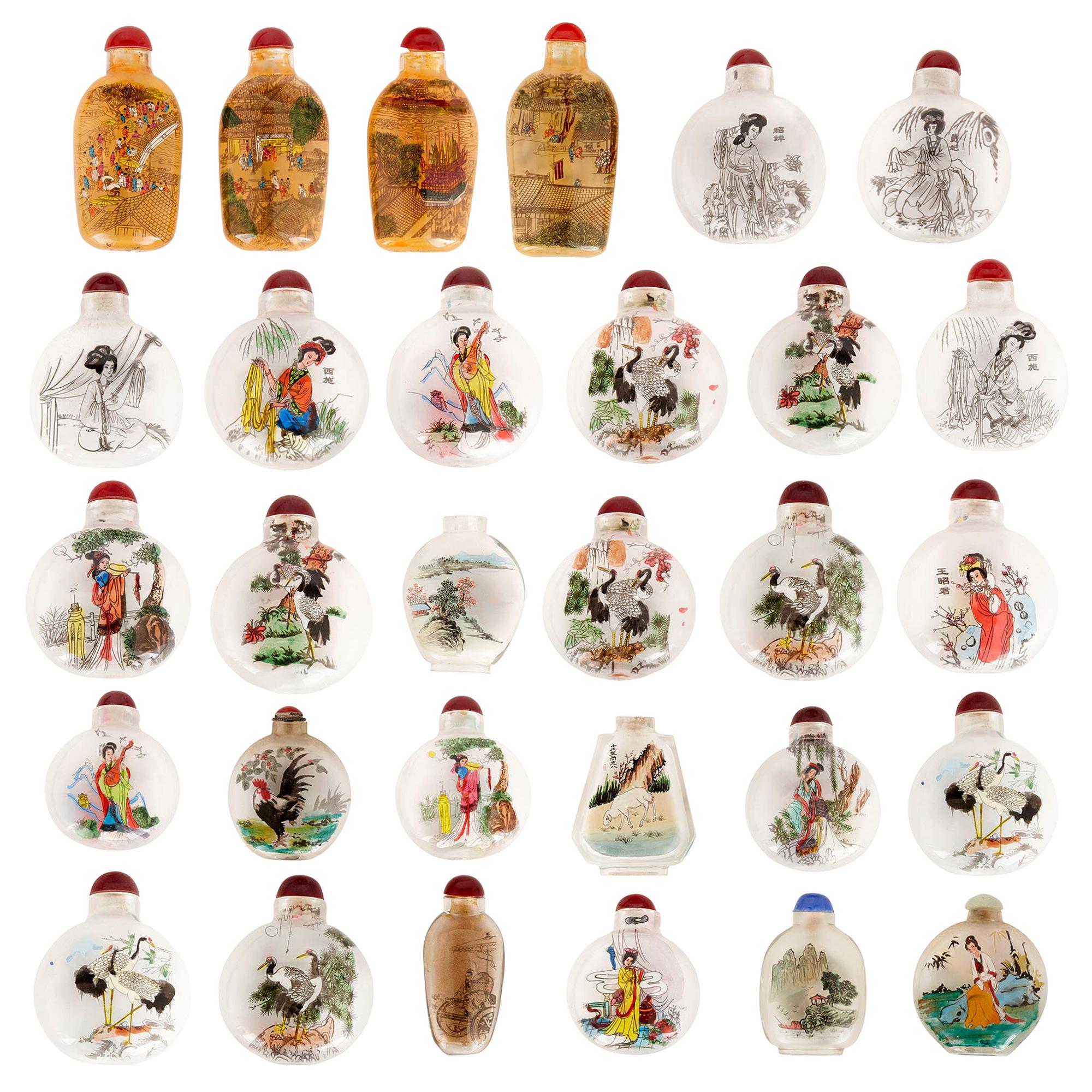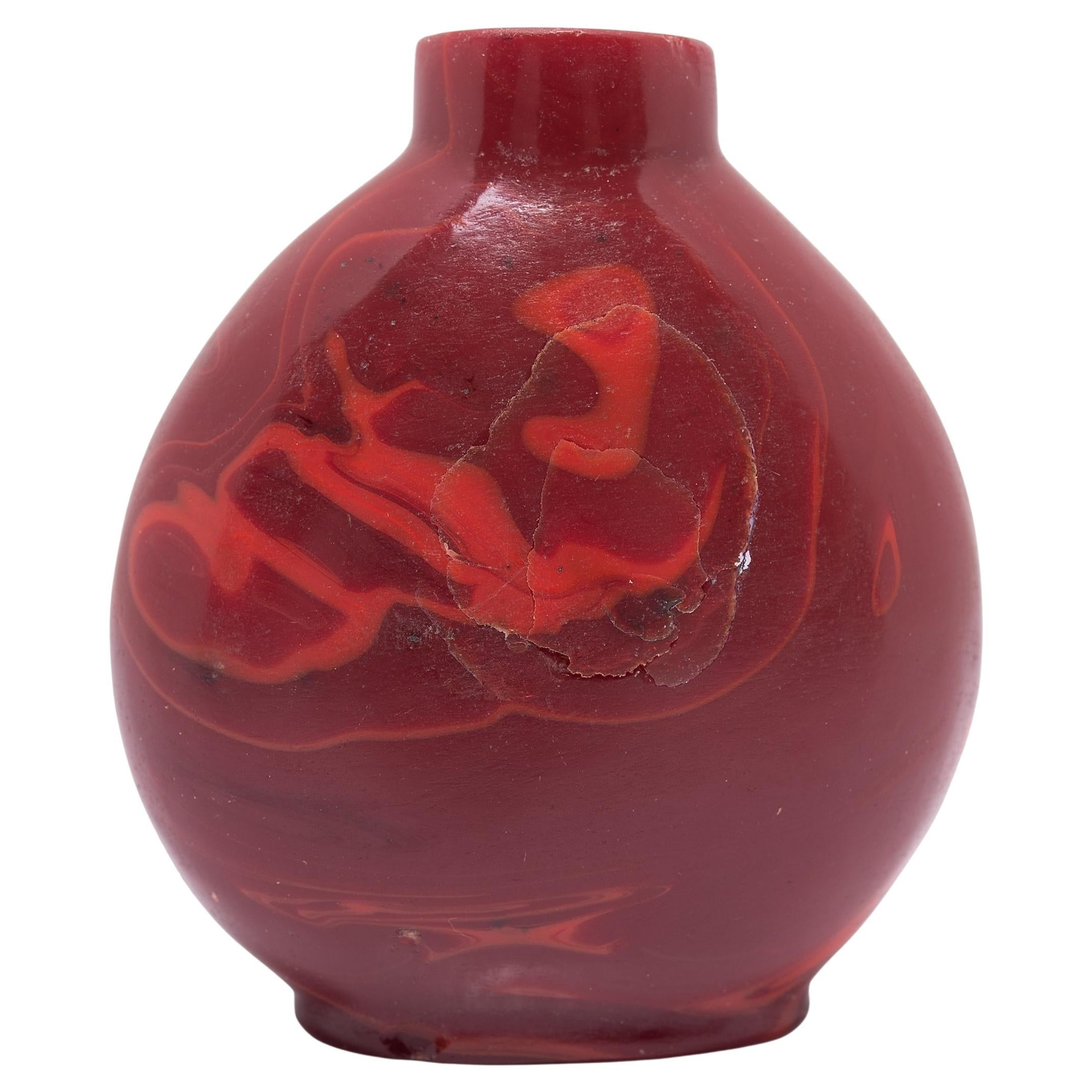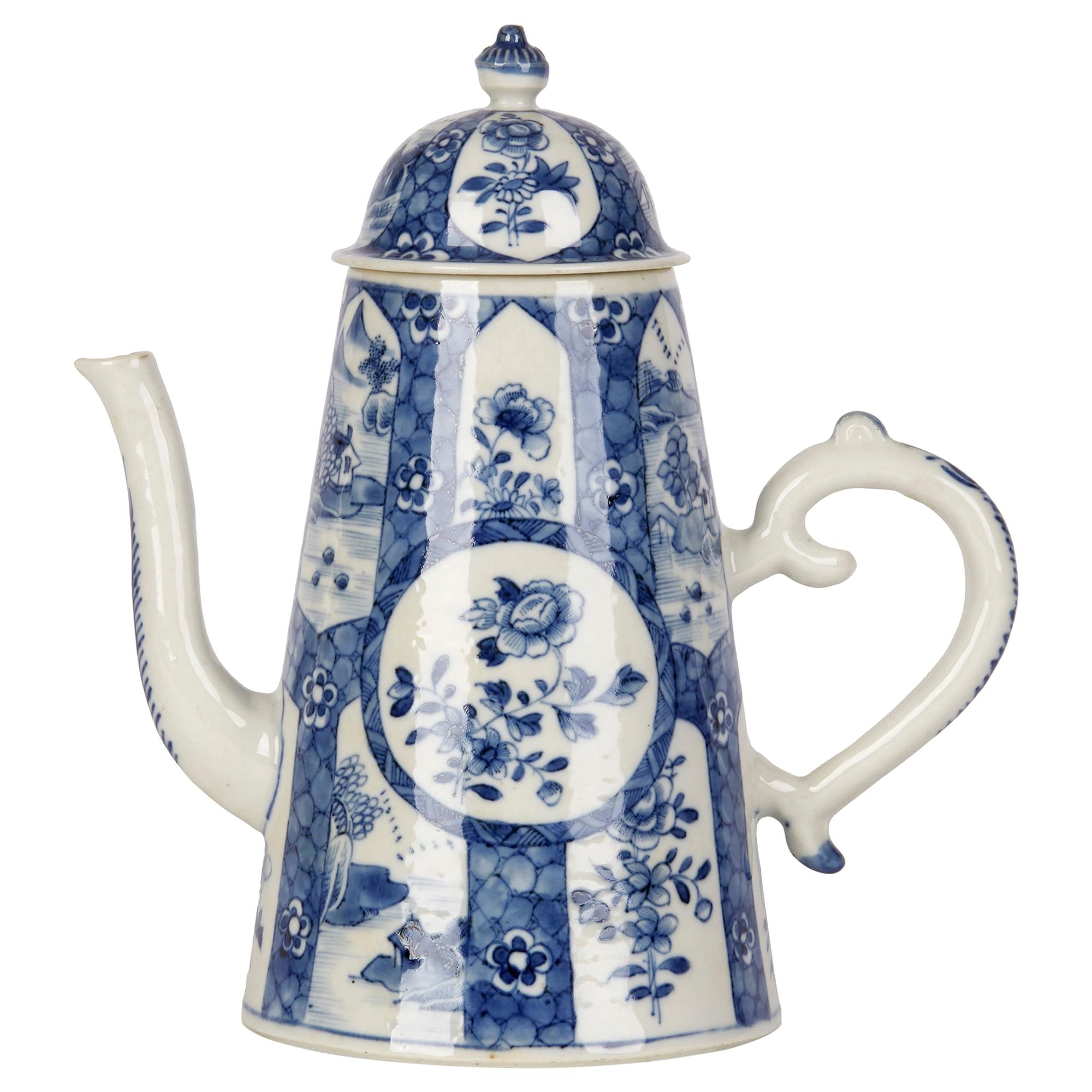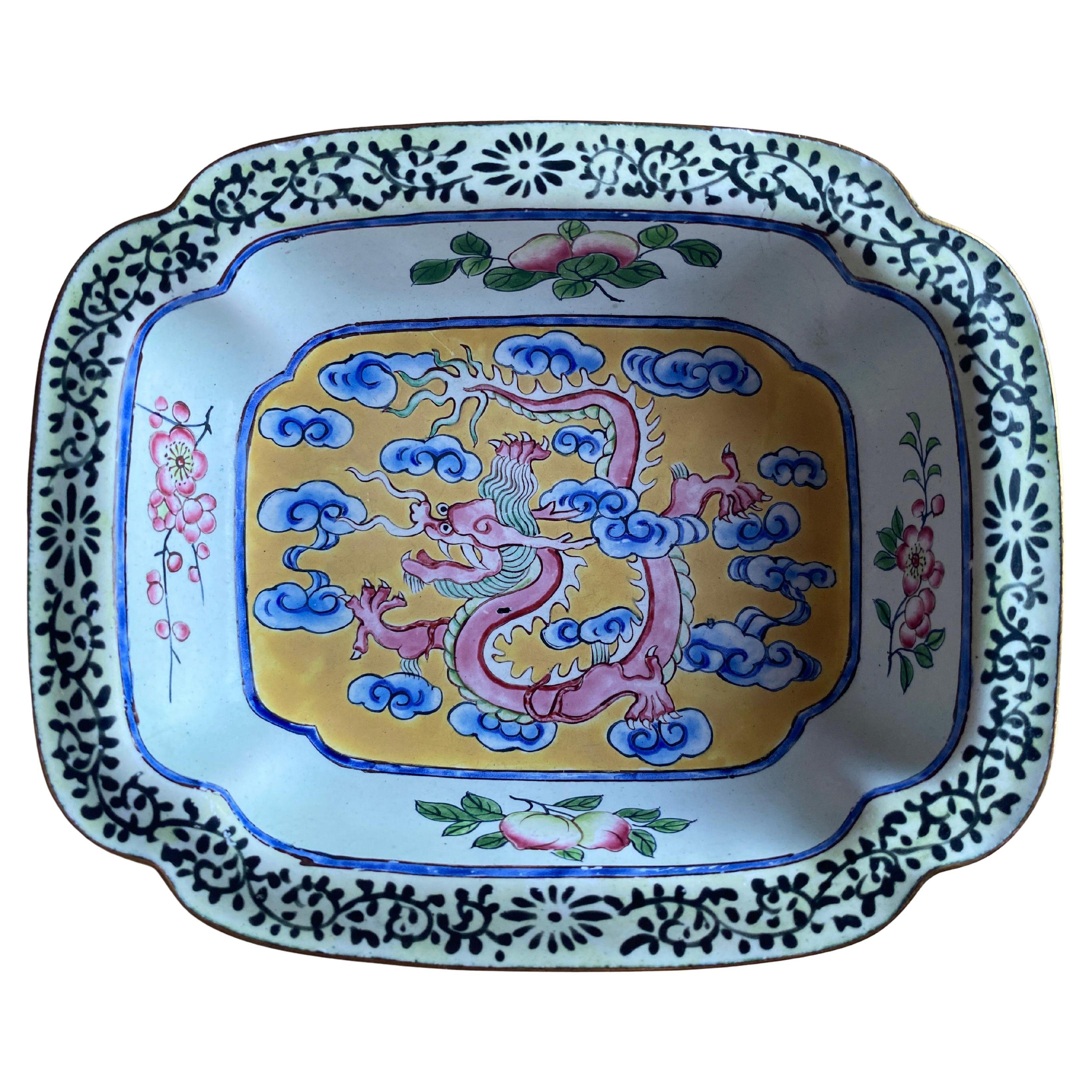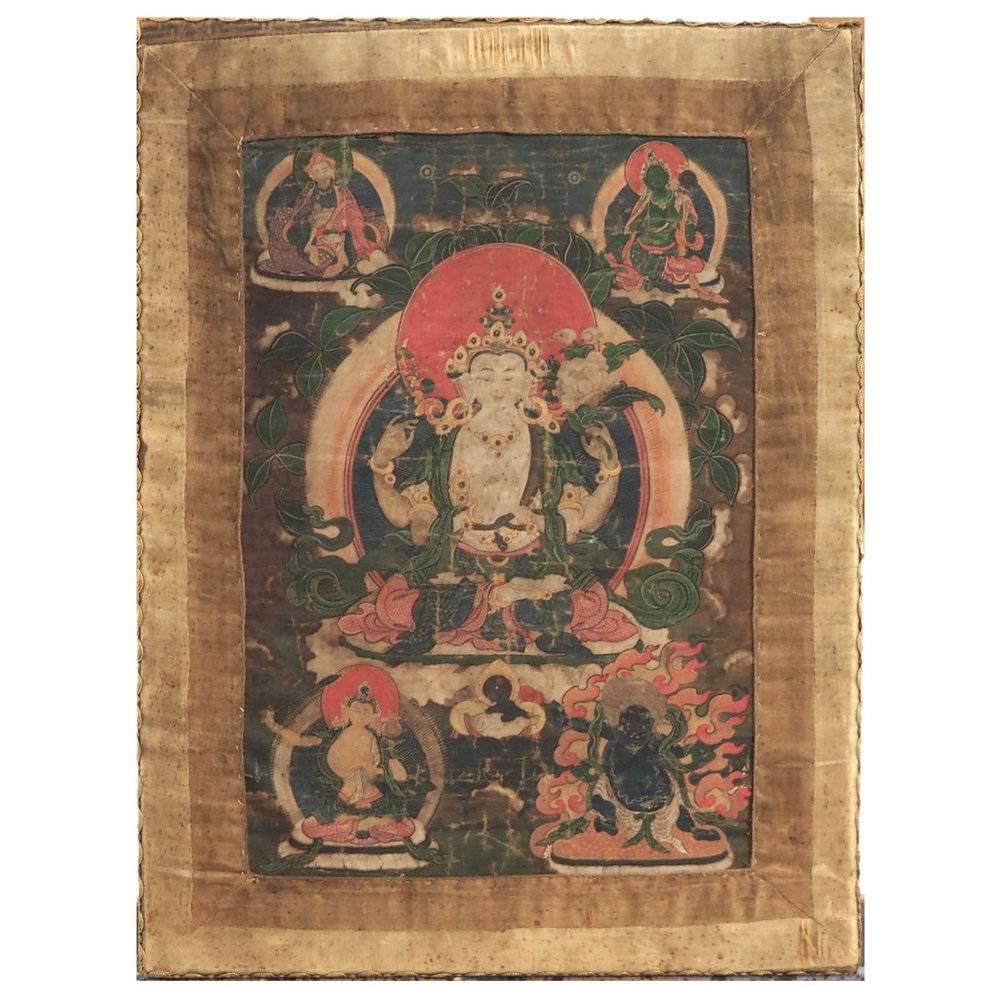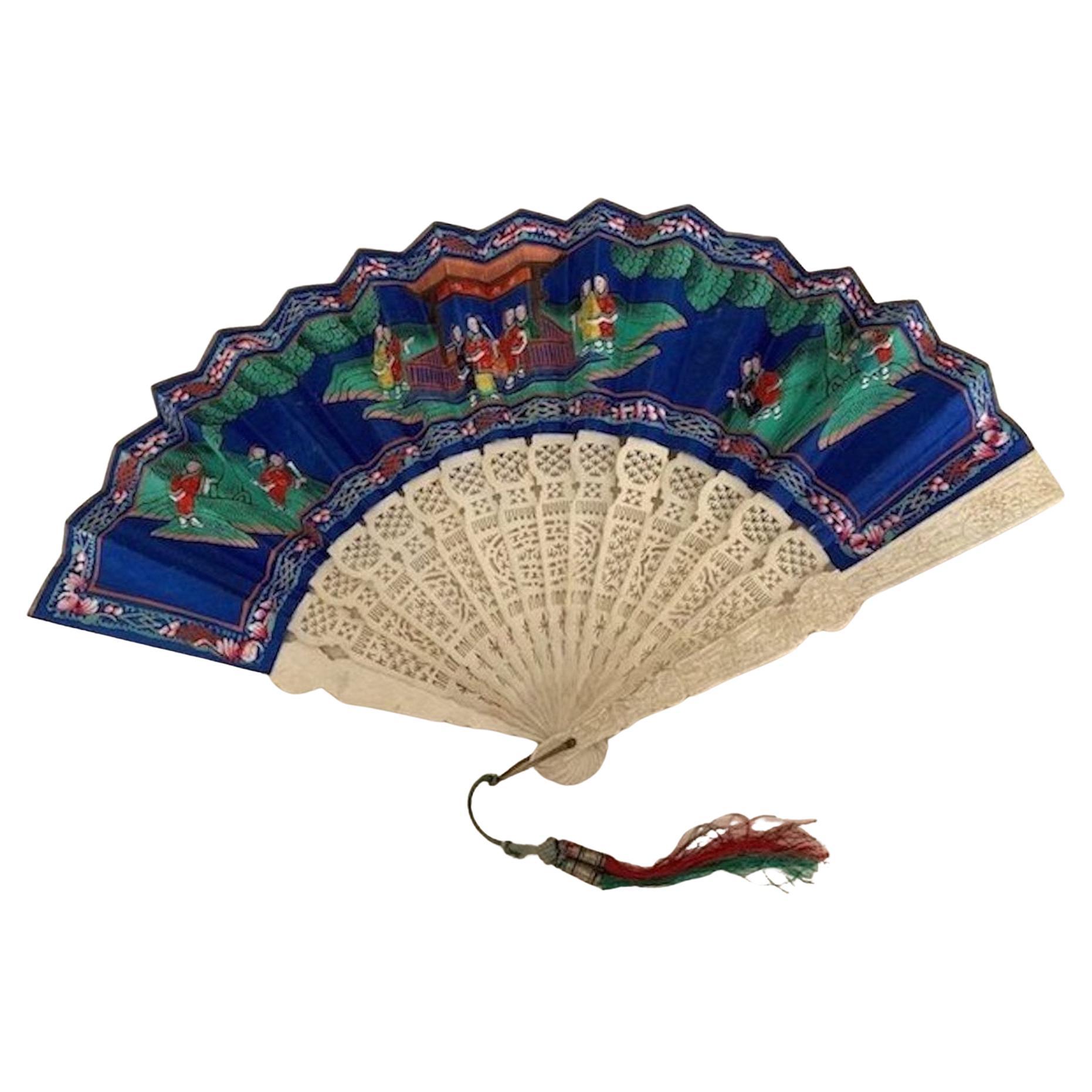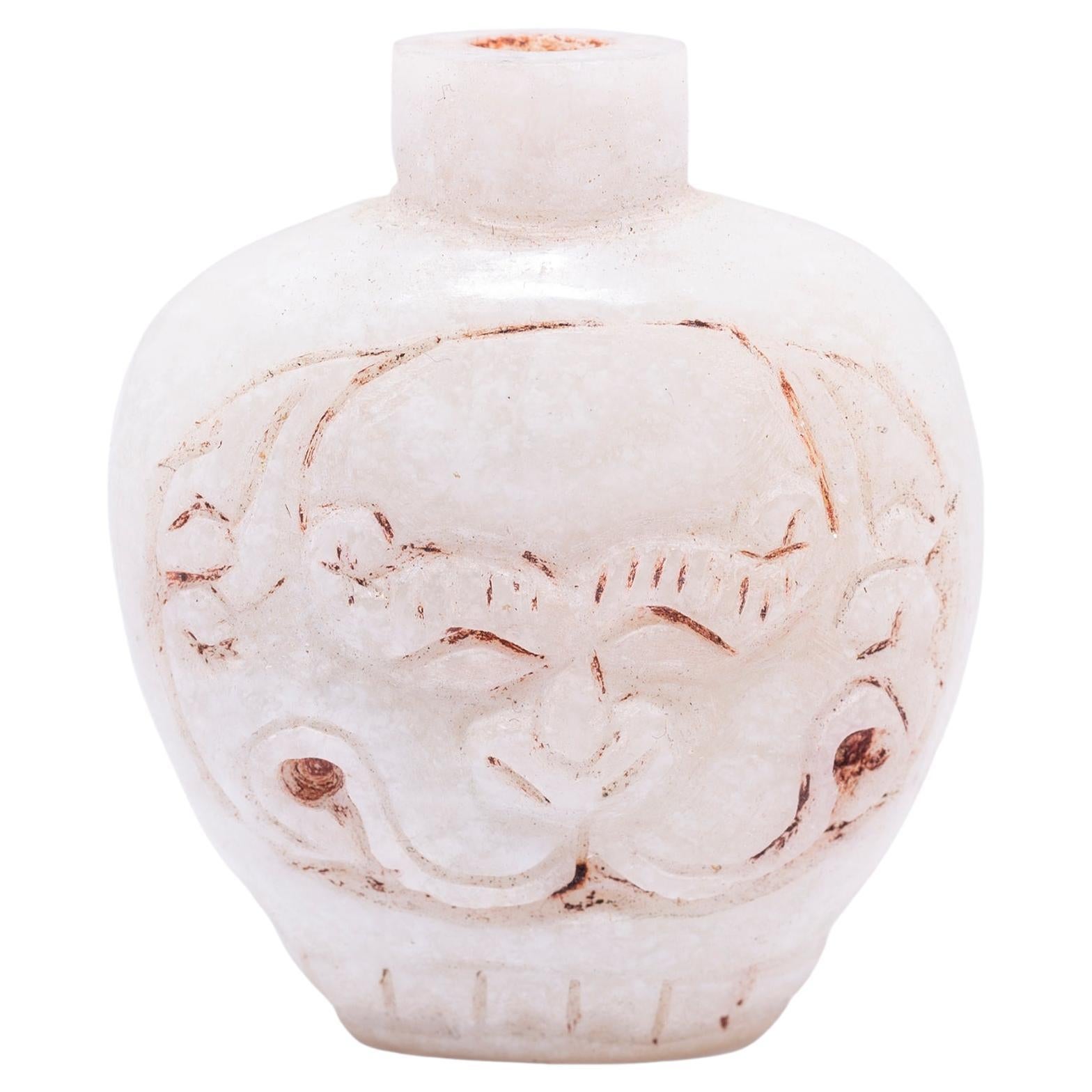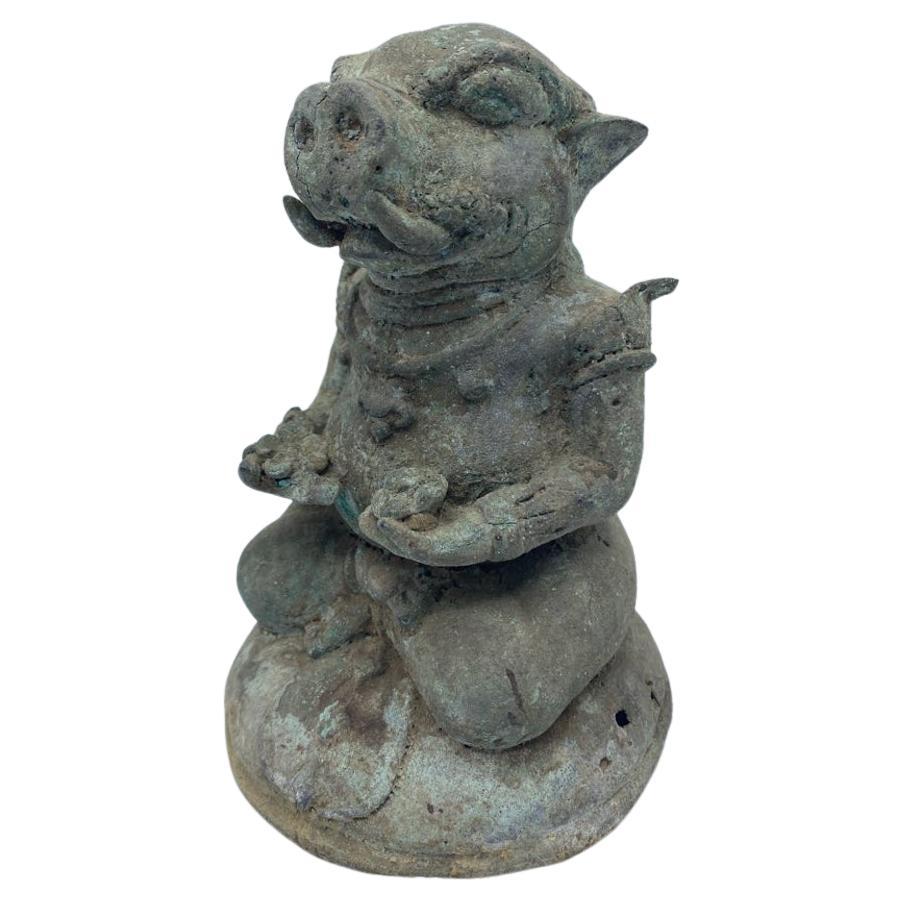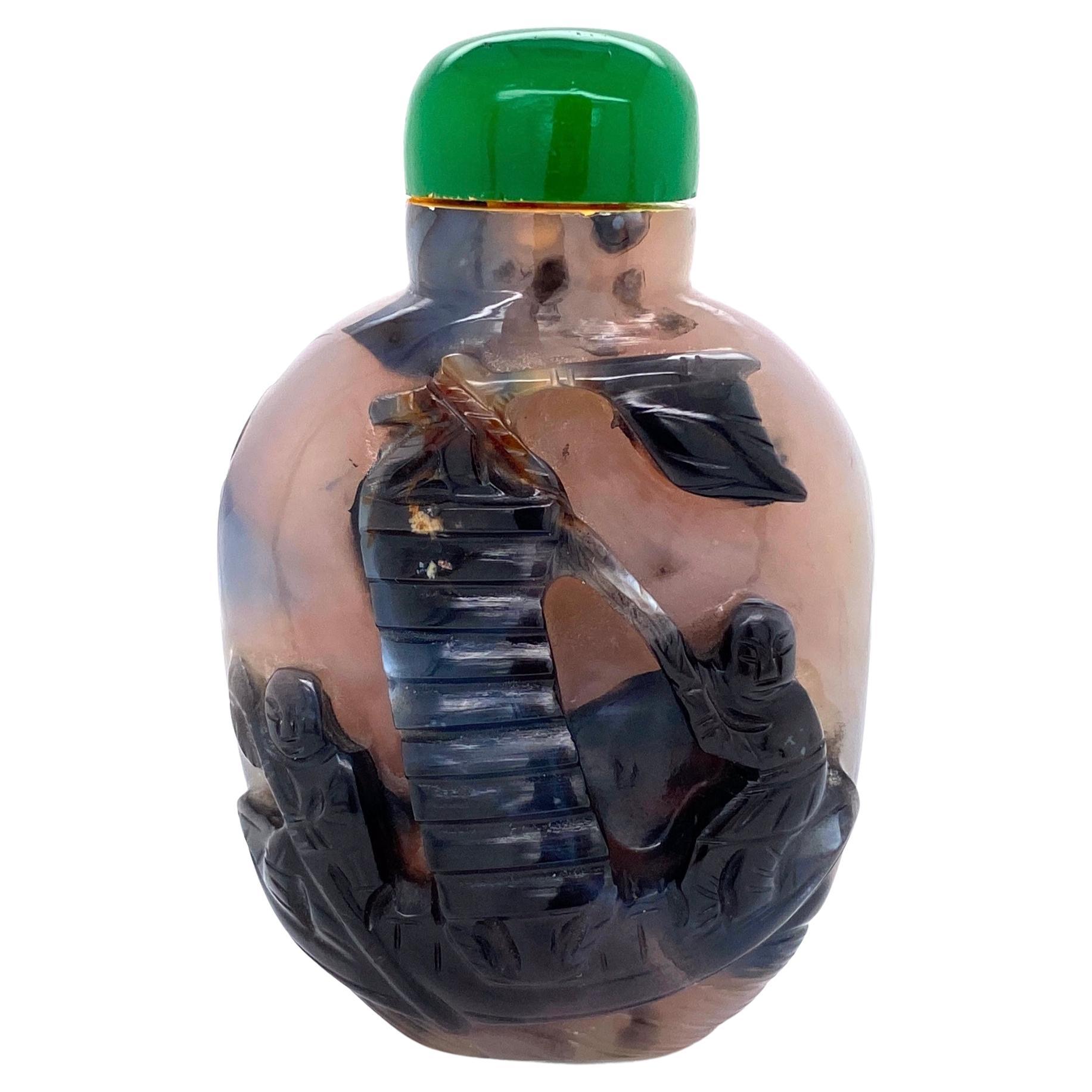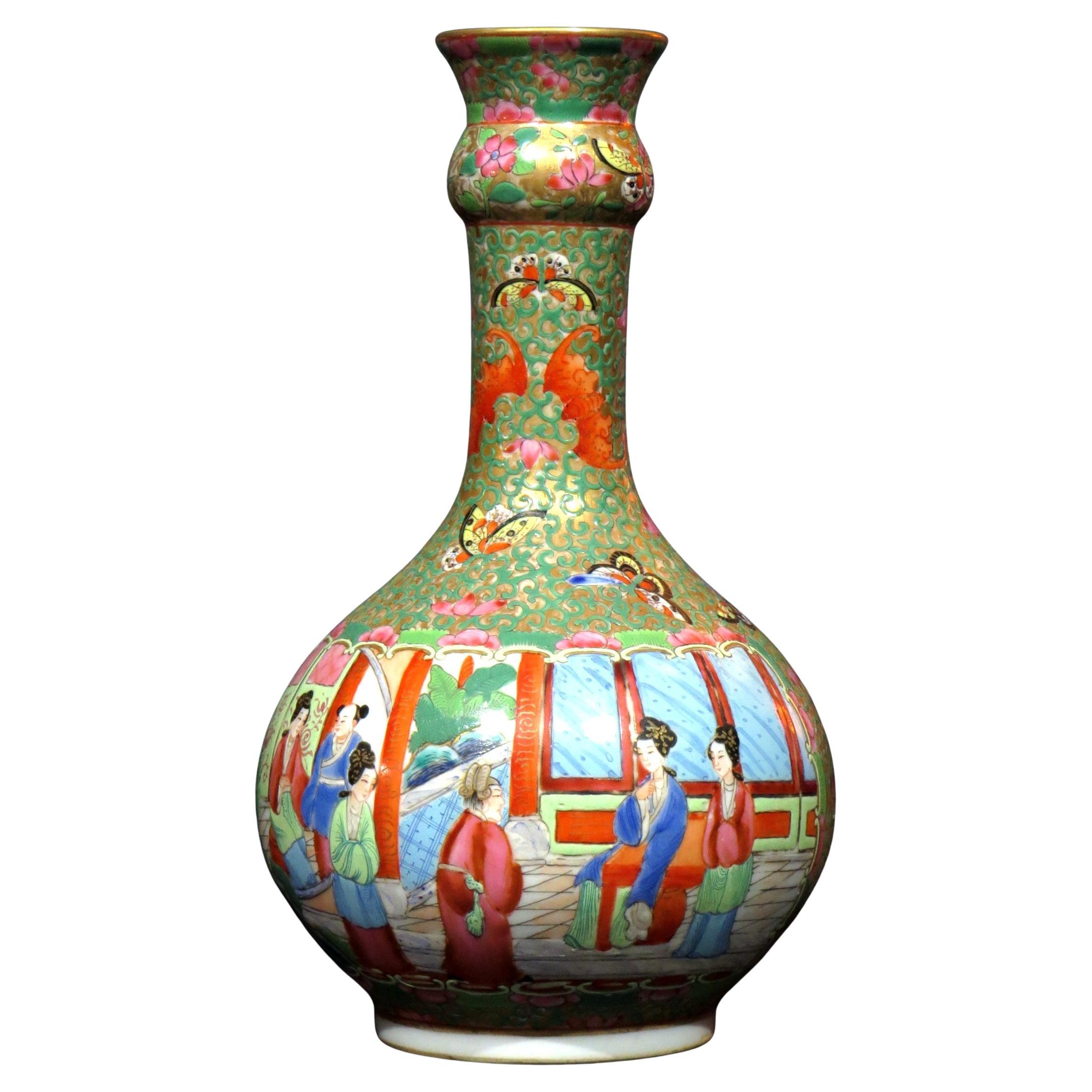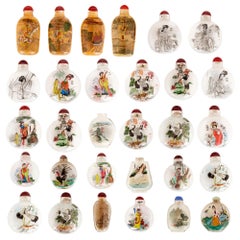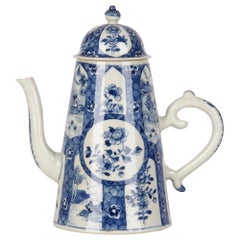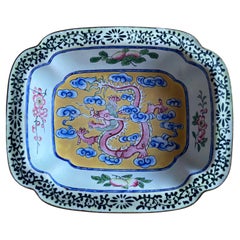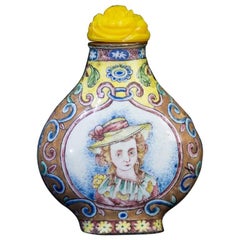
Chinese Canton Enamel Snuff Bottle, European Subject, Qianlong Late 18th Century
View Similar Items
1 of 6
Chinese Canton Enamel Snuff Bottle, European Subject, Qianlong Late 18th Century
$3,300List Price
About the Item
- Dimensions:Height: 1.97 in (5 cm)Width: 1.58 in (4 cm)Depth: 0.79 in (2 cm)
- Style:Chinese Export (Of the Period)
- Materials and Techniques:
- Place of Origin:
- Period:1790-1799
- Date of Manufacture:circa 1790
- Condition:Repaired: Small repairs beneath rim, to edge, panels are good. Small repairs beneath rim, to edge, panels are good.
- Seller Location:Geelong, AU
- Reference Number:1stDibs: LU125025700543
Authenticity Guarantee
In the unlikely event there’s an issue with an item’s authenticity, contact us within 1 year for a full refund. DetailsMoney-Back Guarantee
If your item is not as described, is damaged in transit, or does not arrive, contact us within 7 days for a full refund. Details24-Hour Cancellation
You have a 24-hour grace period in which to reconsider your purchase, with no questions asked.Vetted Professional Sellers
Our world-class sellers must adhere to strict standards for service and quality, maintaining the integrity of our listings.Price-Match Guarantee
If you find that a seller listed the same item for a lower price elsewhere, we’ll match it.Trusted Global Delivery
Our best-in-class carrier network provides specialized shipping options worldwide, including custom delivery.You May Also Like
Eclectic Collection of Enamelled Glass Chinese Snuff Bottles
Located in London, GB
Eclectic collection of enamelled glass Chinese snuff bottles
Chinese, 20th century
Tallest: Height 7.5cm, width 3.5cm, depth 2cm
Shortest: Height 6cm, width 5cm, depth 2cm
This...
Category
20th Century Chinese More Asian Art, Objects and Furniture
Materials
Glass
Chinese Red Glass Snuff Bottle
Located in Chicago, IL
A mixture of finely powdered tobacco, herbs, and spices, snuff was introduced to China in the 17th century by Western diplomats. Initially reserved for ranking members of Qing-dynast...
Category
20th Century Chinese Qing More Asian Art, Objects and Furniture
Materials
Glass
Chinese Large Qianlong Blue and White Porcelain Chocolate Pot, 18th Century
Located in Bishop's Stortford, Hertfordshire
A rare and large antique Chinese Qianlong porcelain chocolate pot the body hand painted with small vignettes containing floral and watery lands...
Category
Antique Mid-18th Century Chinese Qing Ceramics
Materials
Porcelain
$5,239 Sale Price
30% Off
Free Shipping
Qianlong period Canton Enamel Square Dish with Dragon, China Late 18th Century
Located in Grythyttan, SE
This small and exquisite Chinese Canton Qianlong period enamel square dish features cut corners and is beautifully decorated with a five-clawed pink dragon surrounded by 18 blue ruyi clouds against a vibrant yellow background. The design is accented by two branches of peaches (or similar fruit) and two branches of peach blossoms (or other fruit blossoms), all framed by an intricate seaweed pattern border.
In Chinese symbolism, five-clawed dragons are reserved exclusively for emperors, as the number five is considered sacred, representing the five elements. In contrast, four-clawed dragons are associated with kings, princes, and high-ranking officials, while three-clawed dragons are designated for the merchant class.
This piece is crafted from enamel on brass, dating back to the Qianlong period (1736–1795), and is characterized by its hexagonal form and the distinctive Famille Rose palette, often referred to as "Canton enamel."
Chinese painted enamel, commonly known as Canton enamel, derives its name from its principal manufacturing location, Canton. This technique was introduced to China in the 18th century, likely by French missionaries, and is inspired by the enameling techniques developed in Limoges, France around 1470. It is referred to in China as "foreign porcelain," suitable since much of it was made for export.
During the 18th and 19th centuries, there was significant demand in the West for Chinese porcelain dinner sets...
Category
Antique Late 18th Century Chinese Qing Metalwork
Materials
Copper, Enamel
18th Century Chinese Tanga
Located in Aalsgaarde, DK
Rare Chinese tanga, 18th century. This is a very rare piece with beautiful golden thread around the edges of the tanga.
Category
Antique 18th Century Chinese More Asian Art, Objects and Furniture
Materials
Fabric
Beautiful Chinese fan of Canton of the 19th Century
Located in Saint-Ouen, FR
Beautiful Chinese fan of Canton of the 19th century in Bone, Paper and Silk.
Dimensions: H: 49cm, W: 28cm, D: 2cm.
Category
Antique 19th Century Chinese Chinese Export Sculptures and Carvings
Materials
Bone, Silk
Recently Viewed
View AllMore Ways To Browse
Antique Dutch Bottles
Chinese Enamel Snuff Bottle
Chinese Carved Ivory Emperor
Forged Iron Double Clamp Black Jack
Japanese Vintage Matchbox
Samurai Horse Riding
Tibet Drum
Chinese Wedding Lanterns
Dewi Sri
Han Kan
Higashi Takesonosai
Japanese Rodogi Coat
Kris Sword
Li Yuan Chia
Reverse Painted Crystal Vase With Butterflies
Yun Jian
Burmese Sutra
Cloisonne Zebra
